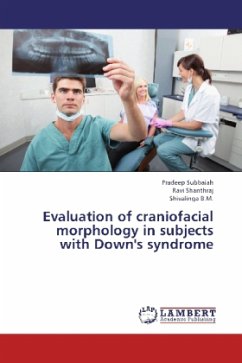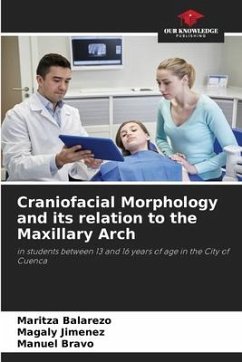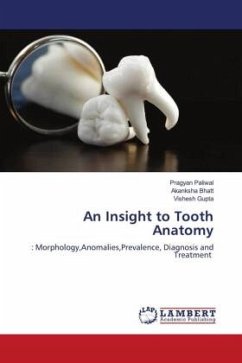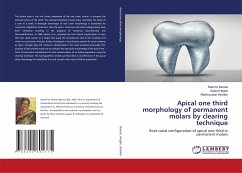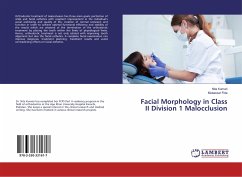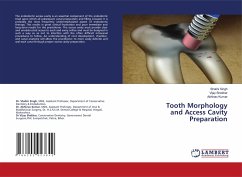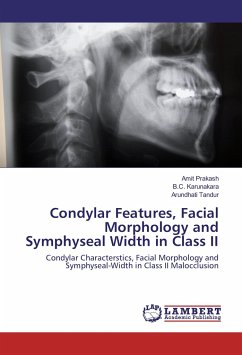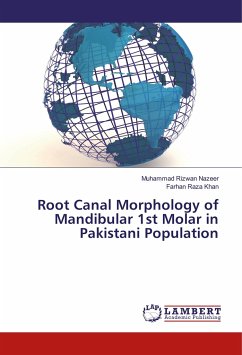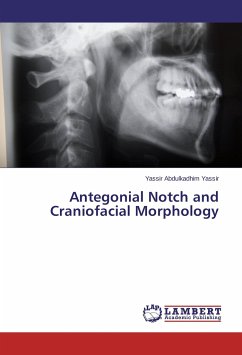
Antegonial Notch and Craniofacial Morphology
Versandkostenfrei!
Versandfertig in 6-10 Tagen
25,99 €
inkl. MwSt.

PAYBACK Punkte
13 °P sammeln!
A successful treatment of malocclusions often depends on appropriate orthopedic intervention to correct underlying skeletal discrepancies. The ability to predict the magnitude and direction of a patient's facial growth early in life would enable the clinician to identify those who required interceptive growth identification and to ensure that the appropriate treatment can be rendered while growth is possible, and to forego unnecessary treatment on patients with skeletal discrepancies whose growth pattern would probably lead to correction without orthopedic intervention (Kolodziej et al, 2002)....
A successful treatment of malocclusions often depends on appropriate orthopedic intervention to correct underlying skeletal discrepancies. The ability to predict the magnitude and direction of a patient's facial growth early in life would enable the clinician to identify those who required interceptive growth identification and to ensure that the appropriate treatment can be rendered while growth is possible, and to forego unnecessary treatment on patients with skeletal discrepancies whose growth pattern would probably lead to correction without orthopedic intervention (Kolodziej et al, 2002). This retrospective study was performed to assess the distribution of mandibular antegonial notch depth and its relationships with craniofacial morphology in different skeletal patterns, for the Iraqi adults (18-25 years of age). The sample included pretreatment digital lateral cephalometric radiographs collected from the Orthodontic Department at the College of Dentistry, University of Baghdad. The sample was divided into three groups according to the skeletal classes, and then each group divided according to depth of mandibular antegonial notch into: shallow, medium, and deep groups.




